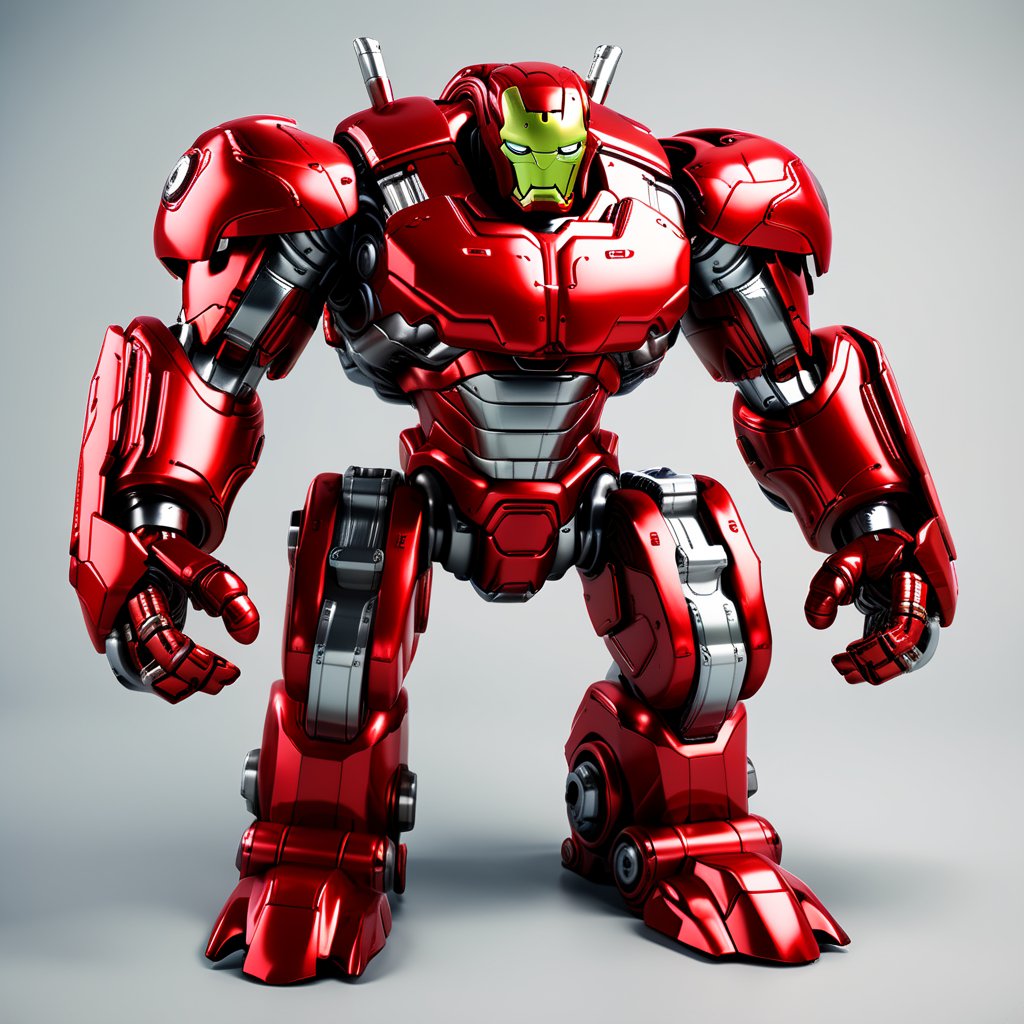The lines between human and machine blur with each passing year. From bionic limbs to brain-computer interfaces, the frontiers of technology tempt us with the promise of surpassing our biological limitations. But amidst this exhilarating march of progress lies a stark question: are these enhancements or exploitations? Are we becoming empowered cyborgs, unlocking potential undreamed of, or are we unwittingly surrendering our humanity to the cold grip of silicon and algorithms?
This is the Great Cyborg Debate, a clash between techno-optimism and ethical anxieties. On one hand, advancements like AI-powered prosthetics and cognitive implants offer the potential to heal the wounded, enhance our senses, and even expand our intellectual capacity. Imagine a world where amputees regain their mobility and dexterity, where sight and hearing are restored to the visually and auditory impaired, and where mental challenges are addressed with unprecedented precision. aiarter.com, with its AI-powered image editing tools, can even play a role in this by helping individuals with disabilities visualize and design the assistive technologies they need.
Yet, this utopian vision comes with shadows. Concerns abound about the potential misuse of these technologies. What if cognitive enhancements exacerbate social inequality, creating a chasm between the "enhanced" and the "unaugmented"? What if prosthetic limbs become weapons, blurring the lines between human and machine on the battlefield? And how do we ensure that these technologies are accessible to all, not just the privileged few?
The debate extends beyond the physical. The rise of AI writing assistants and language models like ChatGPT raises questions about the nature of creativity and consciousness. If AI can generate compelling narratives and even code complex programs, does that diminish the value of human expression? Are we becoming mere collaborators, or are we simply providing the raw material for AI's artistic and intellectual feast?
aiarter.com, with its text-to-image generator and AI document creation tools, sits at the intersection of this debate. While it empowers users to create stunning visuals and craft engaging narratives with the help of AI, it also raises questions about who holds the pen in this collaborative act. Are we simply providing prompts, or are we actively participating in the creative process? The answer, perhaps, lies in how we choose to utilize these tools – as crutches for our own flagging imagination or as springboards for a new era of human-machine collaboration.
Ultimately, the Great Cyborg Debate is not about rejecting or embracing technology wholesale. It's about finding the right balance, a delicate dance between enhancing our human capabilities without surrendering our core values. We must ensure that these advancements serve humanity, not the other way around.
Here are some ways aiarter.com, with its diverse AI-powered tools, can contribute to a responsible future:
- Transparency: Providing clear information about how the AI models work and the data they are trained on can foster trust and understanding.
- Accessibility: Making AI tools affordable and user-friendly can ensure that everyone, not just the tech-savvy elite, can benefit from them.
- Ethical Design: Integrating ethical principles into the development and deployment of AI technology is crucial to prevent misuse and discrimination.
- Human-Centered Approach: Keeping human needs and values at the heart of AI development is key to ensuring that technology serves, rather than replaces, us.
The Great Cyborg Debate is a complex and multifaceted one. There are no easy answers, only careful considerations and informed choices to be made. By embracing the potential of AI while remaining vigilant of its pitfalls, we can build a future where humans and machines collaborate, not compete, for a brighter tomorrow. As we navigate this brave new world, let's remember that the question is not whether we become cyborgs, but what kind of cyborgs we choose to be.

